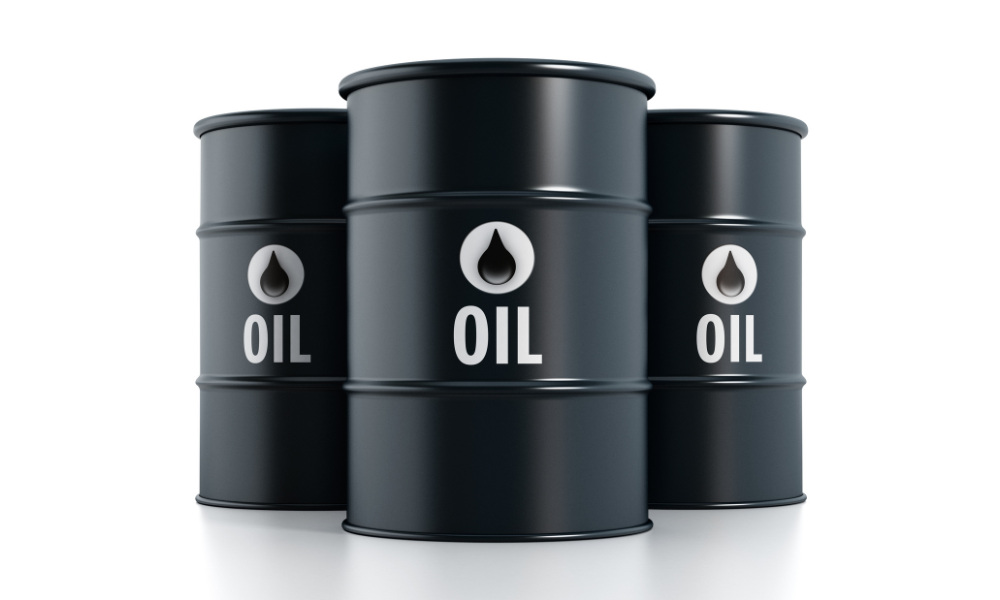

by Jake Lloyd-Smith
A potential US tariff on oil imports would hand consumers a $22 billion bill as higher costs get passed on, while doing little to stimulate domestic crude production, according to Goldman Sachs Group Inc.
The possible levy — which has been floated by the Trump administration, including on flows from Canada and Mexico — would mean a cost equivalent to $170 per household, analysts including Callum Bruce said in a note.
Global commodity markets including oil have been rattled since Donald Trump was sworn in last month, as the president presses home an aggressive series of moves to shake up the global trading system. In addition to the actions threatened against imports from Mexico and Canada, the administration has taken aim at shipments from China and vowed charges on steel and aluminum, as well as so-called reciprocal levies on all countries.
“We find that a 10% US tariff on crude oil would not significantly boost US production because of a mismatch between light oil the US produces and heavy oil many US refiners demand,” the analysts said in the note, which was dated Feb. 21. Meanwhile, average retail gasoline prices may increase by 7 cents a gallon if a 10% tariff is imposed, they said.
Copyright Bloomberg News

From outstanding individuals to innovative organizations, find out who made the final shortlist for top honors at the IN awards, now in its second year.

Cresset's Susie Cranston is expecting an economic recession, but says her $65 billion RIA sees "great opportunity" to keep investing in a down market.

“There’s a big pull to alternative investments right now because of volatility of the stock market,” Kevin Gannon, CEO of Robert A. Stanger & Co., said.

Sellers shift focus: It's not about succession anymore.

Platform being adopted by independent-minded advisors who see insurance as a core pillar of their business.
RIAs face rising regulatory pressure in 2025. Forward-looking firms are responding with embedded technology, not more paperwork.
As inheritances are set to reshape client portfolios and next-gen heirs demand digital-first experiences, firms are retooling their wealth tech stacks and succession models in real time.
